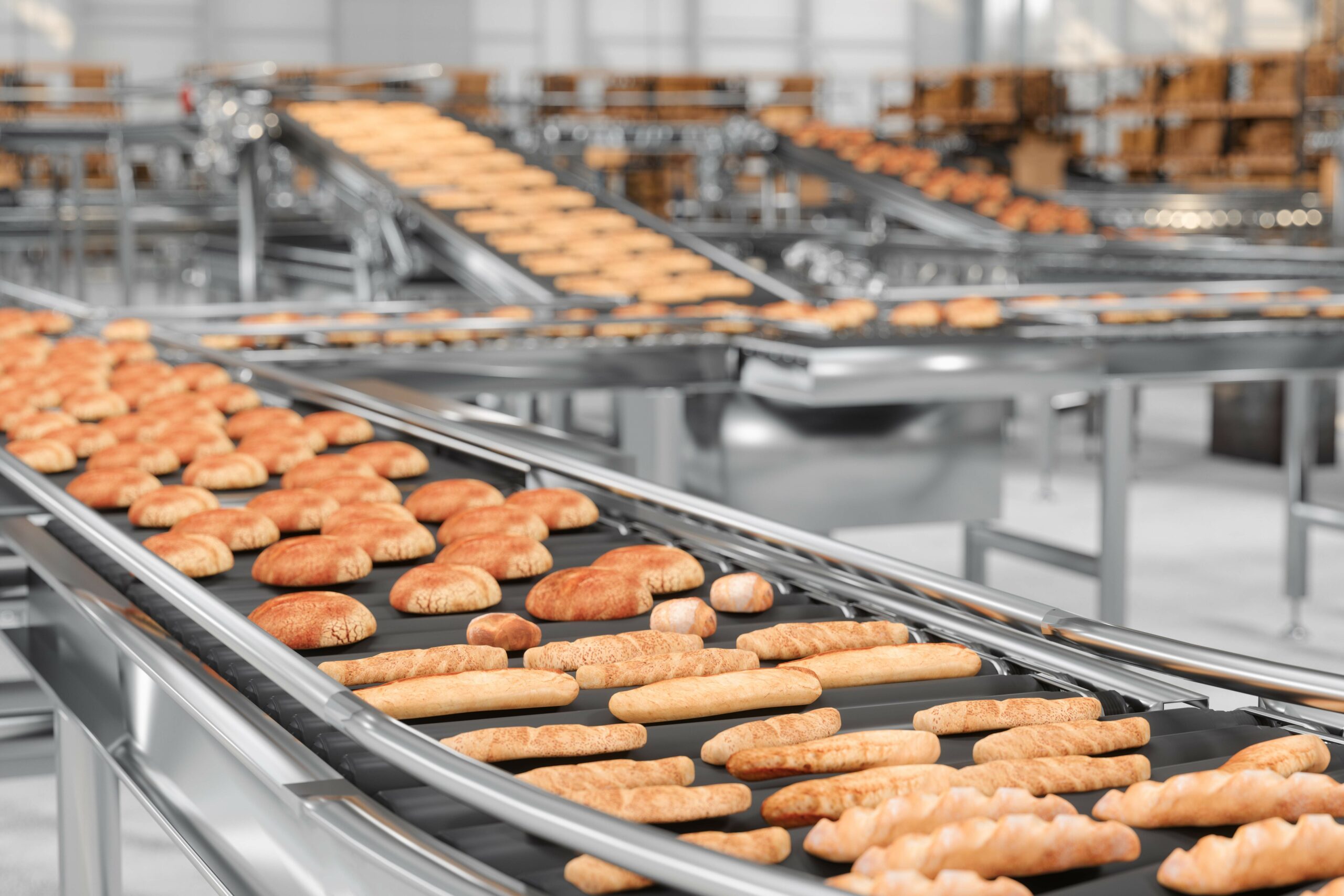
A worldwide leader in individual packaged pies and baked goods required fast, accurate information about the performance of their high-speed lines. Their warehouse accurately showed that millions of pies, crispy treats, and related baked goods were output from their plant’s lines annually but manufacturing on a growing scale requires deeper intelligence.
Their flagship manufacturing facility houses multiple processing lines, all served by a central prep and mixing area. As is frequently the case, the plant’s early processing and packaging lines served them well and new, more modern lines were added as demand for their products increased. Each line functioned well and were all similar in product output, but they all varied in their technological vintages and capabilities.
The organization became more sophisticated and operators desired information that is common across all the lines and in agreement with industry norms. A flexible data system was needed. Prior attempts at plant visualization included an attempt to launch a “one size fits all,” canned plant data solution. The concepts were sound, but the solution did not mate well with their variety of processing equipment. This earlier application, while ultimately unsuccessful, helped to create excitement among their team about what could be achieved. The company turned to Process and Data Automation (PDA) for a solution that would mate off the shelf technology to a customizable solution which could marry to the varied plant equipment and deliver standardized supervisory control and information across all.
PDA’s reputation in the field of high-speed liquid food MES is well founded. Their team deploys dozens of high-speed liquid food manufacturing lines each year, working independently and in cooperation with their parent company, Krones, Inc. The roots of the company lie in a wide variety of automation projects, and they routinely work in both control and data systems for many other food verticals and unrelated, industrial endeavors. Their wealth of experience and proximity made them the ideal partner for this mission.
The combined team was led by internal staff and PDA’s Shaun McCausland as project manager. His team crafted a modular and scalable system based on Rockwell Automation controllers and Inductive Automation’s Ignition suite. Initial work included an infrastructure upgrade which featured managed Stratix Ethernet switches and a VLAN for each line. “The design concept was to craft something that would be easy to replicate across all of their lines”, says McCausland. “This would allow them to expand as their situation allows them to do so without need for re-engineering”, he continues.
The pilot line then received a Rockwell CompactLogix controller which would handle physical control of the front end of the line. Prior to this upgrade, the speed at the extrusion process through the fryer and into toppings was handled via manual equipment settings. Aging line VFDs were replaced with Ethernet models and profile control code was added to allow the operators a single touch adjustment for speed control of the entire line. This was an enormous change and improvement from the previous series of manual adjustments required for speed control.
This controller also serves as a data concentrator for the entire line, collecting information about the front end that it controls as well as from the existing spiral freezer and OEM packaging machines. All critical production information was collected and displayed in the form of status icons, KPIs, and trends on a new Rockwell PanelView Plus Performance human machine interface (HMI).
Operating data is transferred to the Ignition collection and reporting server for enterprise-wide reporting. “Ignition is a perfect solution for this due to the site licensing model that they use”, says McCausland. “The client was able to purchase their licenses once and they will be able to add future viewing nodes or future lines without incurring another charge for boxed software”, he continues. The combined PDA and client team incepted a detailed validation effort to ensure that line-side information was aligned with the macro reports from Ignition.
This PDA client anticipates no change to their growth trajectory and their facility and team are now better prepared to deliver positive results. “This project was a huge success for our client. They received what they need today in terms of control and data for their most active line, and they have a blueprint on which to expand that to the other lines or even other plants”, continues McCausland. “Their team was fantastic to work with, from the cooperation on electrical design and installation all the way through to their data validation effort. They not only received the system of today but set a foundation for the future in terms of equipment plus gained a deep understanding and enhanced the abilities of their entire team”, McCausland lauds.
Posted In: Application Stories, News
© 2024 Process and Data Automation, All Rights Reserved.